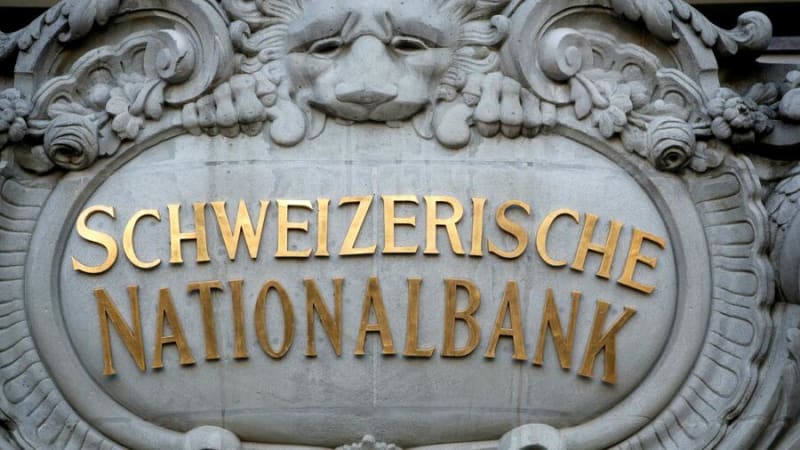OFFTOPIC-ALERT: This has nothing to do with watches!
Well, the Swiss National Bank (SNB) lost approx CHF100bn, half of its equity capital of approx CHF200bn in the first half of 2022 and although many say a central bank cannot go bankrupt as it is able to literally print the money it needs, we know this is wrong and we fear it is much worse.
A central bank has a balance sheet as any other economic entity and if its liabilities are bigger than its assets then at least the auditor will declare its bankruptcy -- no matter of Thomas Jordans assertions. The misunderstanding is that liquidity is mistaken for solvency -- and while a central bank can in fact not become illiquid it can of course become insolvent: liabilities outweighing the assets. The insolvency of a central bank has happened every now and then in history globally.
And even more, the insolvency of a central bank is indeed much more than just a formality testified or not by an auditor: the central banks assets are exactly what covers its liabilities, the issued cash notes and broadly speaking the money emitted. It is the ability to pull this emission, this money out of the market and back into the central bank, ie. to cover its liabilities, and it (the assets) is exactly what defines the value of this liability, ie. the money. Slightly simplified but not incorrect: When you are not able to cover your promissory notes in full, then they are traded at a discount / devalued.
As the assets of the Swiss giant still in the fire sum to almost CHF1'000bn it is rather easy to project what has to happen to make the "impossible" possible, ie. to eliminate the left CHF100bn of the Nationalbanks capital: Another 10% devaluation of the assets will make the auditor choose the red pen instead of the green. And to fill such a gap between assets & liabilities the missing equity capital has to be paid in addition to the original capital -- but time has to tell whether the owners, the cantons and privates are willing to spend this money to further ride the speculations of their wild stallion. At least from some cantons and private owners the author can assume some headwind. Finally, lender of last resort of course is the government and if all else fails, it has to inject bills or bonds into the staggering behemoth, bringing further issues and revaluations, obviously.
In the end "it is difficult to make predictions, particularly about the future" (Mark Twain), sure, but I think there is a good chance we see the market testing the SNB, its owners and the Swiss government in the next months until end of 2023. And at least to make a plan for such a situation or pro-actively to reduce the heat in the portfolion by cutting down its size, might be a better idea than to assume it CAN not happen.
